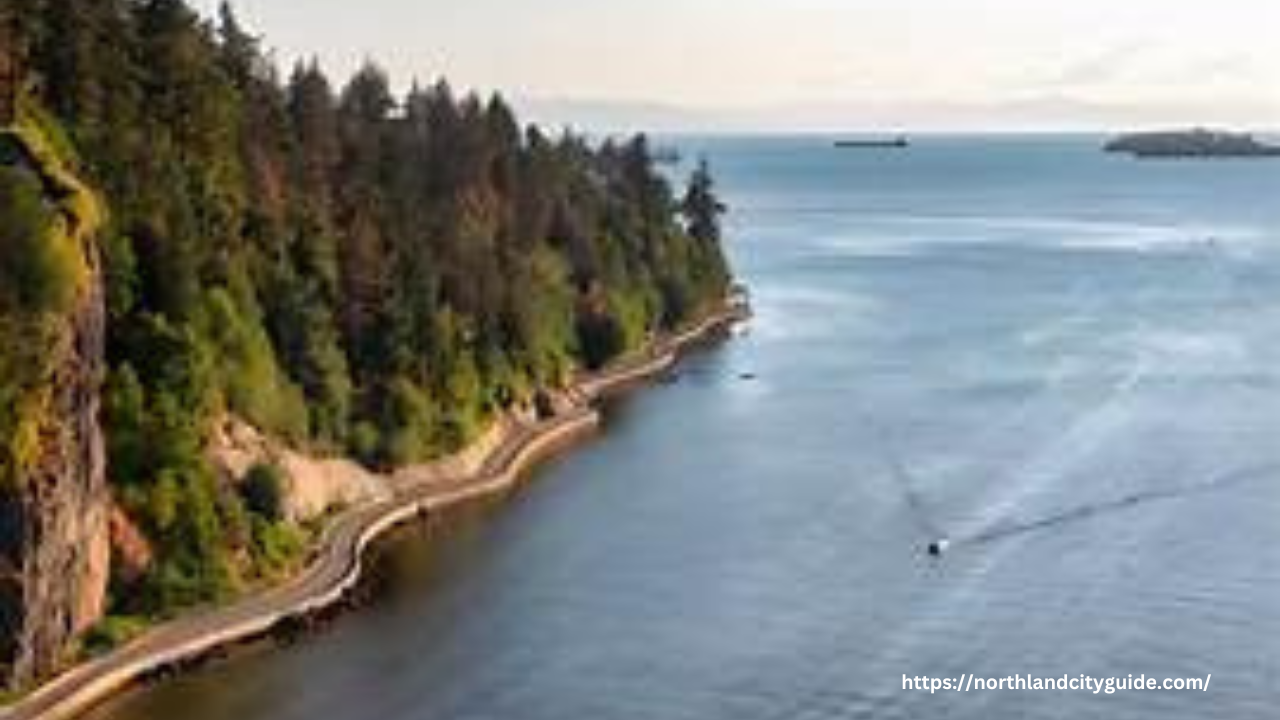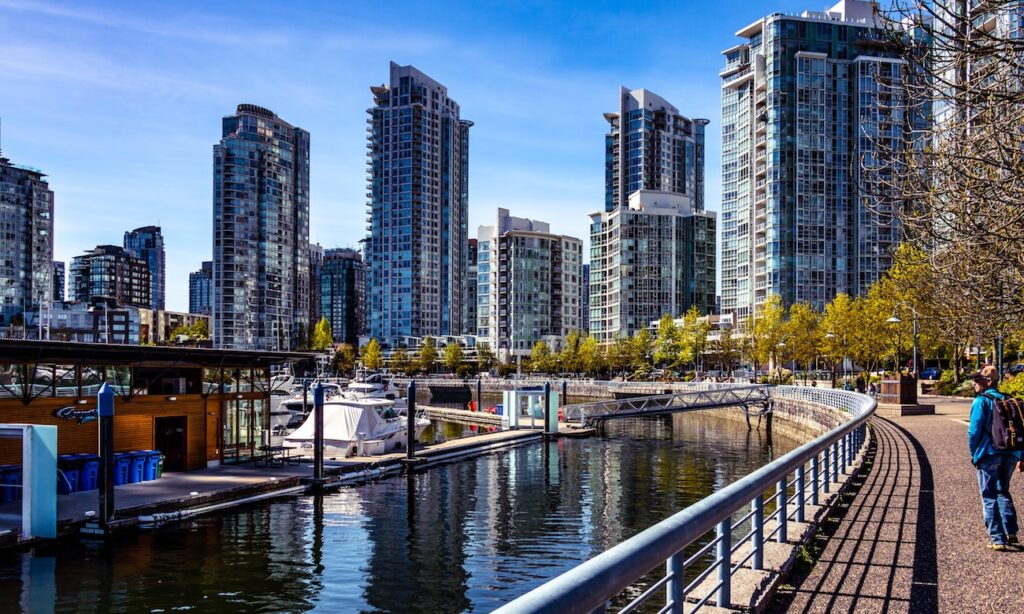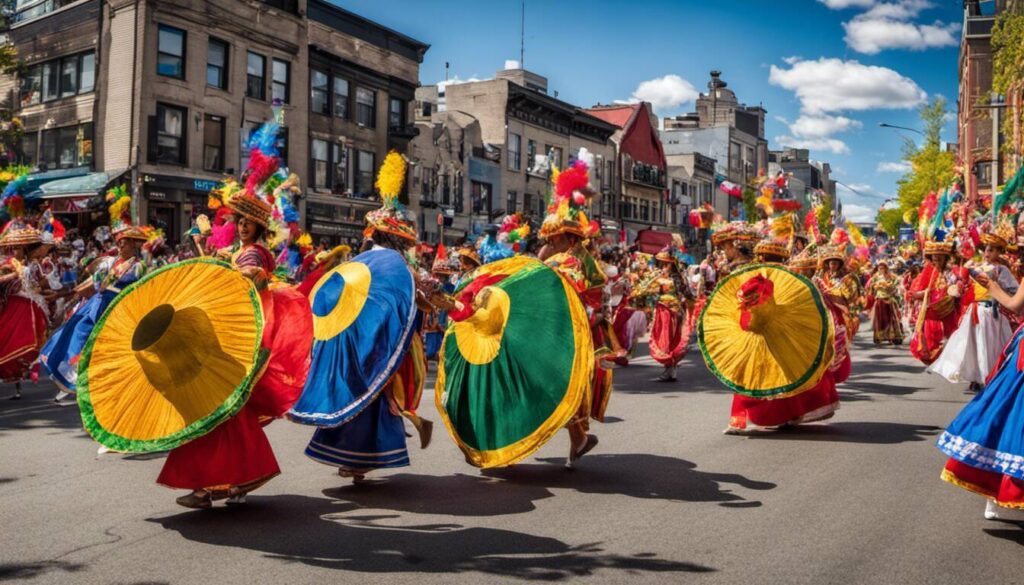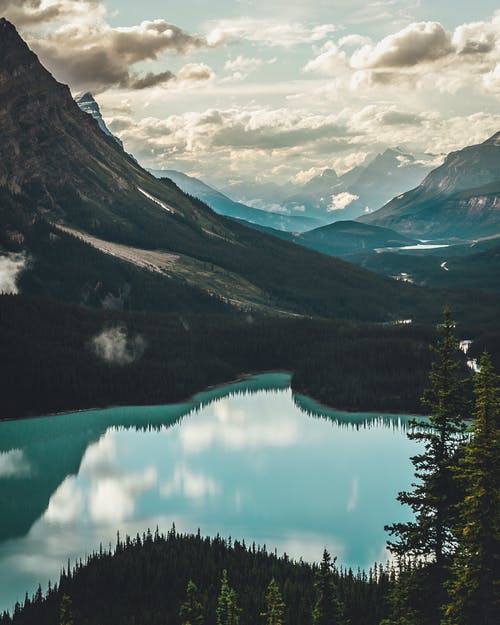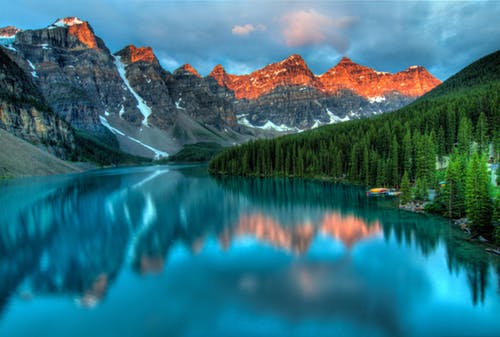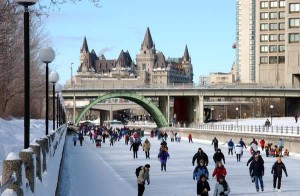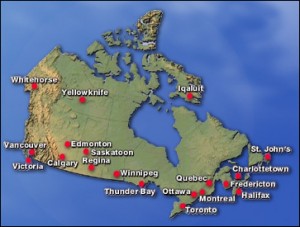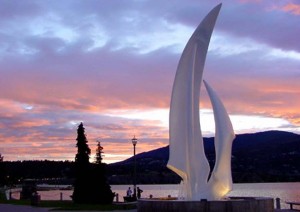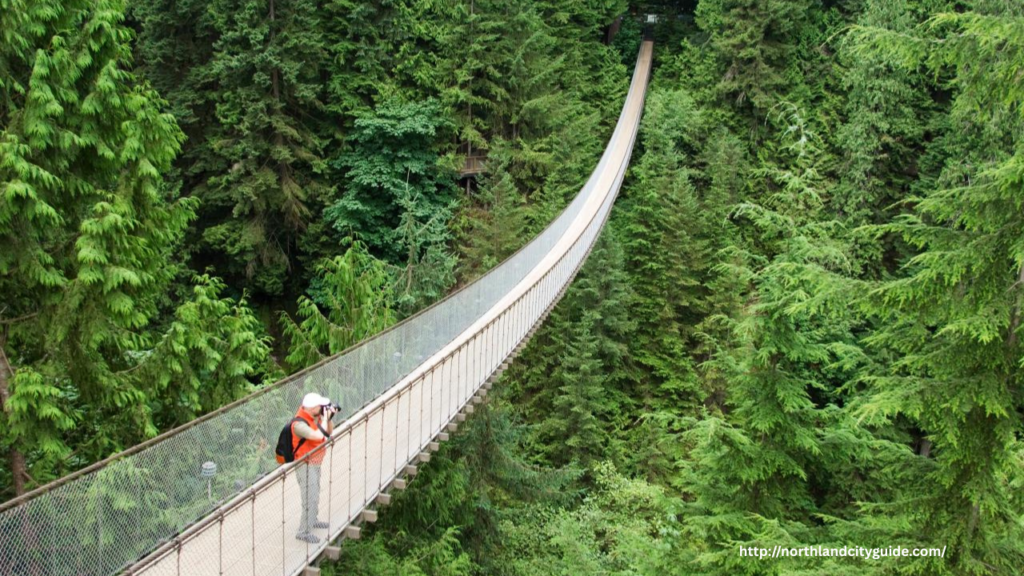
Vancouver is often celebrated for its breathtaking scenery, but ask any local and they’ll tell you—this city is more than just a pretty face. It’s a vibrant, diverse, and deeply livable place where outdoor adventure meets world-class urban experiences. From snow-dusted peaks to buzzing public markets, here’s a local’s guide to the best of Vancouver.
Start with the Mountains
No visit to Vancouver is complete without a trip to the North Shore Mountains. Just a 30-minute drive from downtown, you’ll find Grouse Mountain—a favorite among locals for both winter sports and summer hikes. In the colder months, it’s a haven for skiing, snowboarding, and ice skating. Come summer, the Grouse Grind—also known as “Mother Nature’s Stairmaster”—draws fitness buffs eager to climb its 2.9-kilometer trail to the summit.
Mount Seymour and Cypress Mountain also offer incredible trails, panoramic views, and seasonal sports. These mountains aren’t just for thrill-seekers; they’re for anyone who wants a quick escape into nature without ever really leaving the city.
Stanley Park: The Urban Oasis
Back in the city, Stanley Park is a crown jewel. This massive green space at the edge of downtown offers something for everyone: scenic bike rides around the Seawall, peaceful forest trails, beaches, gardens, and the Vancouver Aquarium. It’s the kind of place where locals go to relax, run, or just take in the stunning views of the harbor and mountains.
Get Lost in the Neighborhoods
Vancouver’s neighborhoods each have their own character and charm. Gastown is a blend of old and new—cobblestone streets, indie boutiques, and stylish restaurants. Don’t miss the iconic Steam Clock and the cozy coffee shops that locals swear by.
Head west to Kitsilano, a laid-back beachside neighborhood popular for its yoga studios, brunch spots, and gorgeous views of English Bay. Or explore Commercial Drive, known as “The Drive,” where you’ll find bohemian vibes, great Italian food, and live music on nearly every block.
Markets You Can’t Miss
Granville Island Public Market is a must-see, even for Vancouverites who’ve been countless times. Nestled under the Granville Street Bridge, this bustling market offers everything from fresh produce and baked goods to artisan crafts and gourmet food stalls. It’s the perfect place to grab a bite, browse local art, or enjoy live street performances.
Another local favorite is the Richmond Night Market (open seasonally), which is just a SkyTrain ride away. With dozens of food stalls, quirky games, and live entertainment, it’s a celebration of culture and cuisine that draws big crowds—and for good reason.
Conclusion
Vancouver is a city of contrasts: mountain and sea, bustling markets and serene forests, rich culture and easygoing vibes. Whether you’re climbing a mountain in the morning or sipping coffee by the harbor in the afternoon, there’s always something magical just around the corner. From a local’s perspective, Vancouver isn’t just a destination—it’s a lifestyle. Come explore it like one of us.
